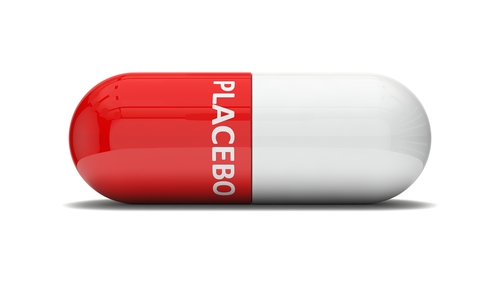A Phase 3 trial is the final stage of testing before a medication or other type of medical treatment can potentially be approved for widespread use. Phase 3 trials involve large numbers of people — typically hundreds in each group. Some study participants may be concerned that they will be put in the group that only receives a sham treatment, known as a placebo. The classic example of a placebo is a “sugar” pill, a pill given to a study participants that contains no active ingredients.
‘Sugar’ pills are not an option for life-threatening diseases like prostate cancer
In a scientific study, the ideal comparison to a treatment is an absence of any treatment. Often in a clinical trial, effectiveness is measured against a placebo, or against another type of comparison. In the case of life-threatening diseases such as prostate cancer, it is not acceptable to use no treatment as a comparison, so comparisons are commonly made using a different drug or treatment, one already approved for use. A comparison is needed to understand that the new medication or treatment works (efficacy) and also to see that the treatment is safe (adverse events). Researchers will design the clinical trial for a specific period of time, during which participants either get the study treatment or the comparison treatment.
When might a placebo be used?
There may be rare instances in which a placebo is used, and that is when another treatment already exists and is known to work. In this case, the regular treatment would be given to both groups, and the experimental treatment is added-on to the comparison as an extra treatment (add-on therapy). The comparator group will then get the standard treatment, along with a placebo. In people with cancer and other life-threatening diseases, everyone in the trial needs to receive the current standard of care. Participants should review the design of a trial thoroughly, and talk to a physician and the study team about the different treatments that will be offered during the clinical trial.
Placebos can also be used in cases in which there is no effective standard-of-care treatment available or in conditions in which there is a high placebo response rate. Neither of these situations are currently the case for prostate cancer.
Ways to receive treatment if a participant is not in the experimental treatment group
There is a type of study called a cross-over design, in which one group receives the comparator treatment initially (standard-of-care plus a placebo) and then the experimental treatment in a second phase of the study. The other group receives the experimental treatment first, and then the comparator treatment in the second phase. Participants can talk to the study team about whether or not a cross-over design is planned.
In addition, there may be an option to receive the experimental treatment after the trial is over, in what is often called a trial’s “extension phase.” Participants can also review with the study team whether this is an option.
The design of a clinical trial will be described in the Informed Consent Document that participants sign before enrolling in a study. Participants should carefully review the Informed Consent Document, and also feel free to ask any questions that they may have about the study design, including the use of placebos, before the trial starts both with a physician and with study coordinators.
Sources:

